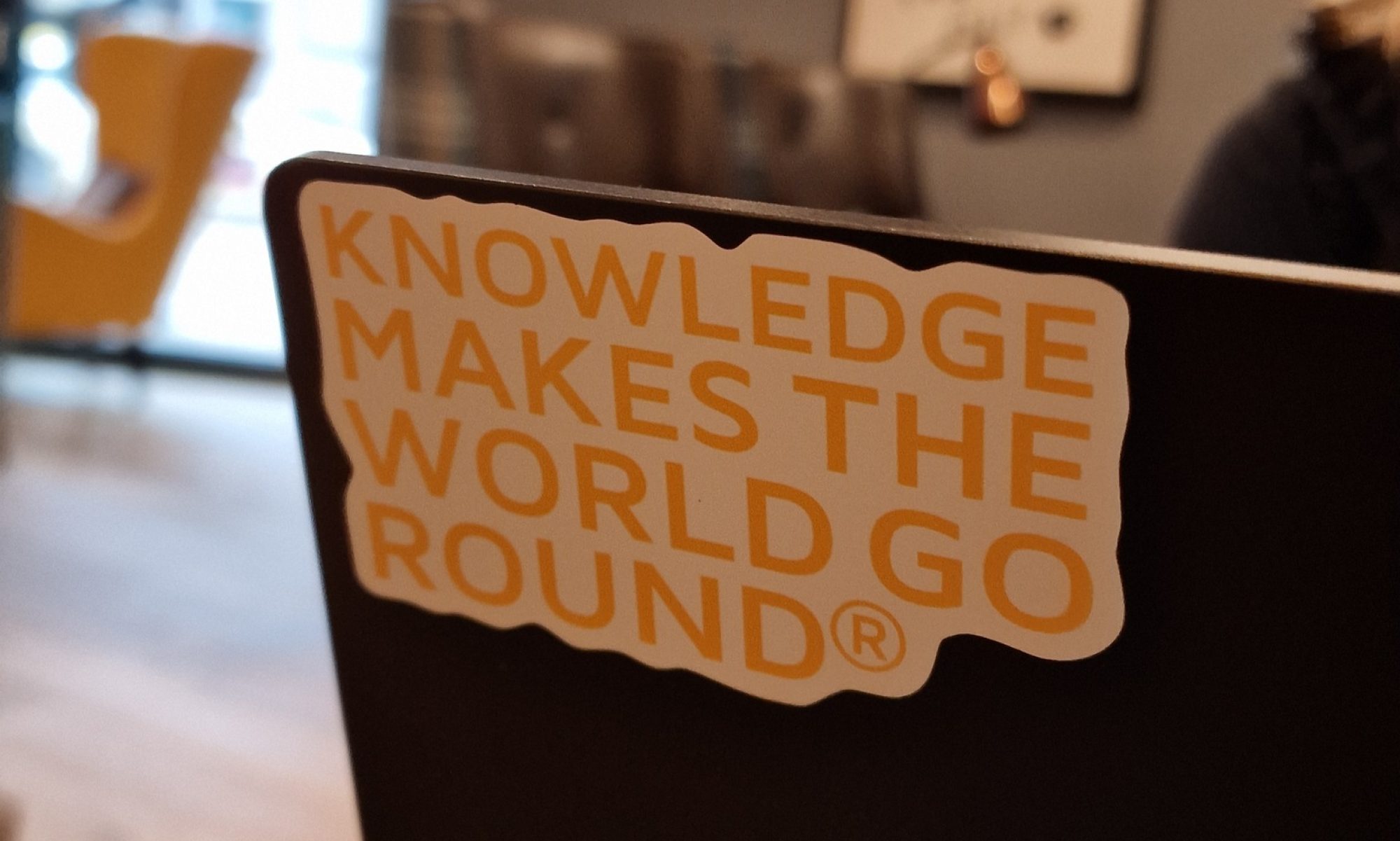
Der Begriff “Lean” wurde ursprünglich in dem Paper Krafczyk J. F. (1988): Triumph of The Lean Production System (PDF) geprägt. Die PDF-Datei ist ein Reprint aus dem Sloan Management Review, Fall 1988, Volume 30, Number 1. Darin geht es um das MIT International Motor Verhicle Program, in dem die Produktionssysteme der Automobilindustrie weltweit analysiert wurden. John Krafczyk hat dabei das Toyota Produktionssystem als schlank, also als “lean” bezeichnet.
The reasearch findings reported in this article will help to overturn a common myth about the auto industry: the productivity and quality levels are determined by an assembly plant´s location. In reality there exists a wide range of performance levels among Japanese, M´North American, and European plants.Corporate parentage and culture do appear the be correlated with plant performance; the level of technology does not. Plants operating with “lean” production policy are able to manufacture a wide range of products, yet maintain high levels of quality and productivity (Krafczyk 1988;1).
Der Durchbruch für Lean Production und Lean Management kam dann später mit der Veröffentlichung Womack/Jones/Roos (1990): The Machine That Changed The World. In den letzten 30 Jahren hat sich der Lean-Gedanke zunächst in der Industrie, und später auch in anderen Branchen etabliert.
Lean ist heute wieder aktueller denn je, da es Organisationen leichter fällt zu einer Agilen Organisation zu kommen, wenn ihr Lean-Index hoch ist. Organisationen, die sich in den letzten 30 Jahren schon an den Lean-Prinzipien orientiert haben, können über KANBAN agile Arbeitsweisen problemlos etablieren.
Solche Zusammenhänge thematisieren wir auch in dem von uns entwickelten Blended Learning Lehrgang Projektmanager AGIL (IHK), den wir an verschiedenen Standorten anbieten. Weitere Informationen zum Lehrgang und zu Terminen finden Sie auf unserer Lernplattform.
Copyright © 2020. All Rights Reserved.
